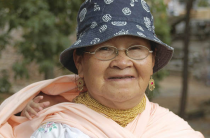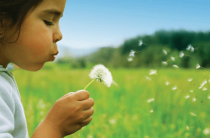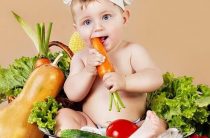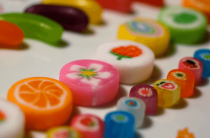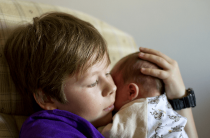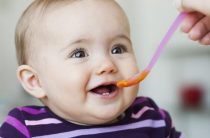At the present time, there is a huge number of all kinds of ailments that our small, young creatures - children suffer from. Today we’ll talk about one fairly popular disease that kids face. Its name is allergy. We will consider the main types of allergic reactions, since there are a lot of them and each has its own characteristics. We will also discuss what should be the treatment of such a popular disease, what are its causes.
Important Concepts
Most people often confuse such concepts as pseudo-allergy and true allergy. Let's look at them so that we do not return to this issue. So, pseudo-allergy is a group of reactions that differ in the nature of their occurrence. They are only connected by an excessive amount of histamine in the child's body, or general intoxication. Note that the immune system itself initially does not contribute to the appearance of such reactions. Allergies in children in this case occur for the following reasons:
- due to an excessive amount of histamine penetrating along with various foods;
- due to disturbances in the mechanism responsible for the production, binding of histamine.
So, consider what constitutes a true allergy in children. This disease is hereditary. If the mother or father has an allergy, the likelihood of transmission of the disease is very high. If the allergy is a disease characteristic of both parents, this probability instantly doubles.
The main types of allergies
The variety of this disease is very rich, so we will pay a little attention to each of its types.
Features of animal allergy
Such allergies are very common in children. Note that not only wild, but also domestic animals contribute to the occurrence of symptoms. As an allergen can serve:
- feathers;
- dandruff;
- wool;
- saliva.
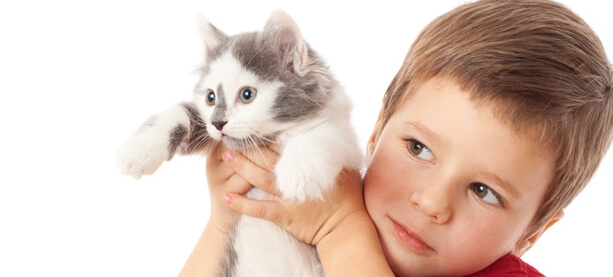
In addition, allergies in children will develop due to contact with urine, animal excrement. Often, hamsters, rabbits, cats, parrots, dogs, and many other representatives of the animal world contribute to the development of an allergic reaction.
Main symptoms:
- dry cough, dyspnea, shortness of breath;
- stuffy nose, runny nose;
- sneezing, tearing.
- eye redness;
- itching of the skin.
Food allergy symptoms
This type of allergic reaction is the most common. A variety of foods can contribute to the disease. Of particular danger are products that contain a significant amount of histamine, harmful substances (for example, flavors, preservatives, dyes, etc.). Cow's milk is one of the most common allergens.
It is this product that causes the disease in 90% of babies, develops during the first year of life. Most often, development occurs after the transition to artificial feeding, when parents begin to feed the baby with milk mixtures. A high degree of allergenic activity belongs to egg white, proteins contained in fish, milk.
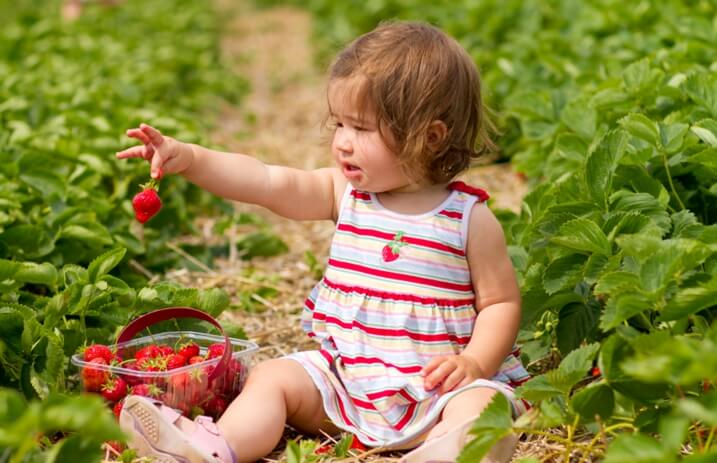
Among the highly allergenic products, the following are also distinguished: citrus fruits, honey, chocolate, strawberries, nuts, grapes, wheat, yeast products. Average allergenicity belongs to apricots, pork, turkey meat, corn. Rarely, but such delicacies as watermelons, bananas, lamb, zucchini, and others cause allergy symptoms in children. Signs of a food allergy:
- skin itching;
- swelling of the lips;
- bouts of vomiting;
- nausea;
- abdominal pain;
- diarrhea;
- rash all over body.
In children, this type of allergic reaction is often manifested by diathesis (redness of the cheeks).
Signs of an Allergy to Household Dust
Dust is made up of a huge number of components. These include fungal spores, insect fragments, dead skin flakes, and other components. Almost all of them can cause allergies. Especially often the development of an allergic reaction is facilitated by the excrement of small saprophyte mites that live in our homes. Their dimensions are so small - about 0.3 mm, that ticks can only be seen under a microscope. Ticks live in pillows, on carpets, in mattresses - in general, they live in every corner of our house. It is completely impossible to get rid of them even by the most thorough cleaning. The main signs of the disease:
- skin rashes;
- itching of the skin;
- conjunctivitis;
- allergic rhinitis.
Note that it is not the aforementioned symptoms that pose a great danger to babies, but asthma. Recognizing asthma is easy. First, the baby begins to be disturbed by a dry cough, then there is difficulty, rapid breathing with a whistle. As a result, there is heaviness in the chest area, shortness of breath. Parents are advised to consult a doctor in time to protect the baby from all sorts of complications. Unfortunately, there are times when a child has asthma, and doctors suspect bronchitis in him. As a result, the wrong therapy is prescribed.
How does an allergy to insect stings manifest itself?
Almost all insects, biting their prey, release harmful poisons. Often, such poisons for the human body act as substances that provoke the manifestation of allergies. Note that serious consequences will develop only when a person is allergic to this substance, that is, antibodies are produced to the poison of a particular insect. In most cases, the disease is caused by the bites of wasps, bees, hornets.
A little less often - mosquitoes, fleas, other insects that suck blood. The main signs of allergy in children, in adults appear instantly. In the absence of an allergic reaction, usually a person has itching, swelling, redness of the bite site. These symptoms disappear after a while.
Main symptoms
These include:
- swelling, itching at the site of the bite;
- redness that has spread around the bite, occupying a large area of \u200b\u200bthe skin.
Puffiness, redness in children usually last longer than in adults. For example, for several days. If you comb the inflamed areas, the likelihood of infection increases. In addition to local symptoms, there may be:
- rapid pulse, which is difficult to feel;
- increase in body temperature;
- rapid breathing;
- lowering blood pressure.
If the patient is not helped in time, the risk of developing Quincke's edema, anaphylactic shock increases. In the most extreme case, death is possible.
Allergy to pollen
The reasons for this kind of allergic reaction are the flowering period of trees, weeds, meadow grasses. The first (trees) bloom from April to May. The flowering period of herbs in the meadows is from June to July. Weeds bloom from August to September. As a rule, this type of ailment manifests itself after eight years. With hay fever (the so-called allergy to pollen) in children and adults, pollen settles on the mucous membranes of the gas, nose, and mouth. Also, pollen easily penetrates the bronchi, is on the skin. Symptoms of the disease:
- rash on the skin;
- sensation of itching on the palate, tongue;
- tearing;
- sneezing
- itching, nasal congestion.
In addition, children and adults have wheezing during breathing, dry cough, redness of the eyes. Also suffer from watery discharge from the nose.
Allergy to cold
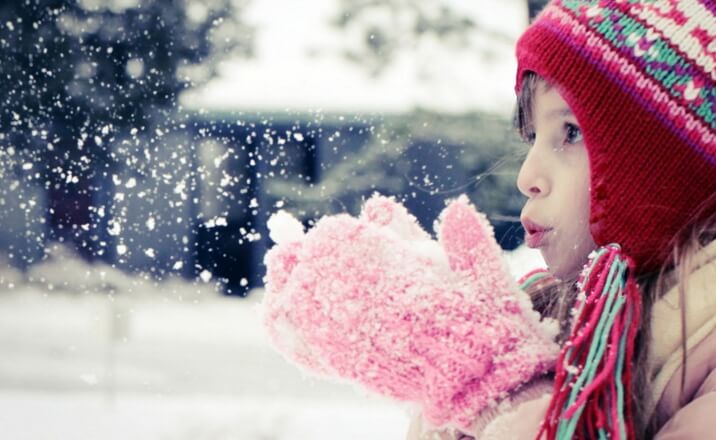
The causes of the disease are varied. These include:
- drinking cold drinks;
- a diet consisting of cold dishes, products;
- prolonged contact with cold water;
- abrupt transition from warm to cold.
Also, the disease can develop against the background of:
- long-term antibiotic therapy;
- the presence of pinworms, ascaris, any infections in a child;
- inheritance;
- intestinal dysbacteriosis;
- many other diseases.
Such an allergy in children has a number of symptoms. Among the most common are hyperemia, swelling, itching in areas in contact with cold. After a while, the skin becomes covered with bubbles and hurts. Sometimes this type of disease causes damage to the legs, knees, hips, as urticaria gradually begins to appear. Usually the rashes are pink in color and are itchy.
Disappear in about a few hours. It happens that the skin after contact with cold in an adult or a child is very flaky. (Scaling resembles dermatitis). The most vulnerable places are the hands and face. Among the secondary signs are:
- headache;
- general weakness;
- symptoms of allergic diseases - rhinitis and conjunctivitis.
Treatment, prevention
In this matter, it is worth adhering to the only main rule. It extinguishes: everything must be done in a timely manner and adhere to the measure. To minimize the risk of developing an allergy in a child to dust, it is worth monitoring the cleanliness of the house, often carrying out wet cleaning. Also, doctors advise not to cover the carpets in the baby's room, not to force it with extra furniture, to purchase only hypoallergenic pillows, mattresses, blankets.
Only the doctor will tell you about the features of the prevention of food allergies in more detail, because he uses an individual approach to the patient, gets acquainted with his medical history, and other details. But most importantly, he will definitely prescribe a diet that does not consist of foods that can cause disease.
If a child suffers from an allergic reaction to pollen, it is worth leaving for the flowering period in a city located in a different climatic zone. Thus, it must be remembered that an important rule is the exclusion of contact with the allergen. With a cold allergy, it is worth dressing the baby warmer, trying to isolate him as much as possible from the effects of cold.
Parents should know that it is better to buy clothes for a child from cotton, linen, since synthetics, woolen things will only increase the manifestation of symptoms. To avoid an insect bite, you should avoid staying in an area located near insect nests. It is recommended to learn how to identify them.
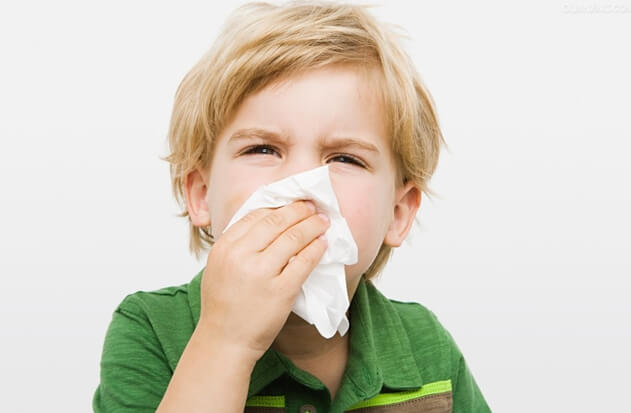
It is forbidden to dress a child in bright clothes; it is necessary to put protective nets on doors and windows in the house. Parents do not need to leave the baby alone, they should always be there, have the means for first aid, which the doctor will tell you in more detail. For a walk in the forests or mountains, you should always wear trousers, pants, long-sleeved clothes, socks, closed shoes.
Features of therapy
At the present time, not a single remedy has yet been invented that would help to cure a child or an adult of any kind of allergy forever. Therefore, there are only such exits from the situation:
- neutralize the substances formed during the allergic reaction, leading to the development of the inflammatory process;
- suppress the response of the immune system.
Still, if you follow all the measures prescribed by the doctor, it will be possible to minimize the manifestations of this disease. The best therapy for a child or adult is a special allergen immunotherapy. Its meaning is the introduction of concentrated solutions containing allergens to a person. This therapy lasts for several weeks. Thanks to this method, the body begins to produce the so-called antidote.
The process itself is very long, it can take not one, not two years, but much more. If a child has a seizure, it must be prevented immediately. Therefore, doctors make a list of antihistamine drugs that should be in the medicine cabinet of every patient. In severe situations, resort to other methods of treatment. They bear the following names:
- plasmapheresis;
- immunosorption.
Allergy in a child is one of the most difficult ailments, so parents should worry about their child, show him to the doctor in time, conduct the scheduled examination, and observe all preventive measures as much as possible.


